| Columns Retired Columns & Blogs |
...of few lines of audio reviewing more apt than the first line of this one. It's right up there with the first few from "Flesh And Blood: The Reichert 300B".
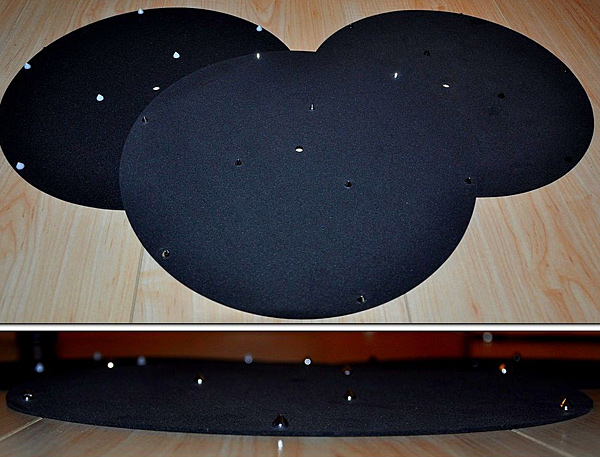
Replacing the stock headshell (footnote 1) with either the gunmetal-gray duralumin HE-001 from DS Audio or the Schick graphite headshell, both of which are heavier than the stock unit, improved tracking with the Dynavector and other low-compliance moving coil cartridges and lent the music more solidity and color.
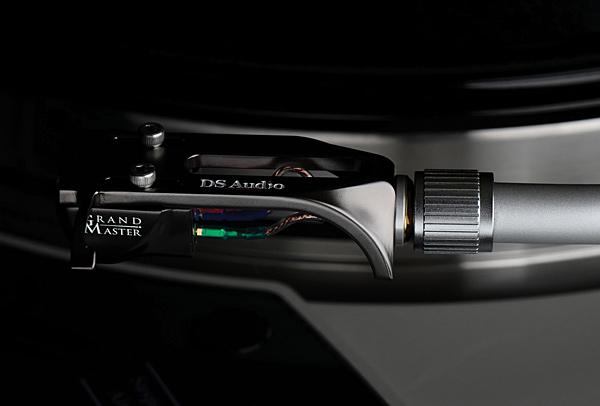
For kicks, I substituted the stock power cord with the aforementioned AudioQuest Thunder, not expecting to hear much difference. Though I'm not sure why, I did hear a difference, and it was consistent with the improvements I hear these fat, braided cords impart to amplifiers and digital source components. The Technics sounded richer and quieter, with a more solid and prominent bass response. The difference wasn't vast but was nonetheless easily audible and consistent. If this paragraph is making you mutter "confirmation bias" while angrily adjusting the BICs in the pocket of your poly-blend shirt, you go right ahead.
Next, I shone an LED flashlight through a hole in the platter to locate the torque control. After setting the switch from automatic to manual, I reduced the torque by about a third of a revolution. The resulting change floored me. The turntable sounded mostly the same, but its somewhat mechanical, uptight character was nearly gone; now the music flowed and shimmied more convincingly. I also heard improved sustain and decay. Taking RPM Pro for another spin revealed a slightly inferior set of measurements. I suppose the utility of this control depends on whether you believe a turntable's job is to make recorded music meaningful and exciting or to exhibit near-perfect technical performance. For me, this adjustment proved essential and made listening to the SL-1200G considerably more enjoyable and engaging.
Listening
With these relatively simple adjustments made, I sat back to appreciate what the Technics was capable of. In addition to the Te Kaitora Rua, I used the Ortofon Cadenza Bronze, Ortofon SPU Classic G, and Hana Umami Red cartridges.
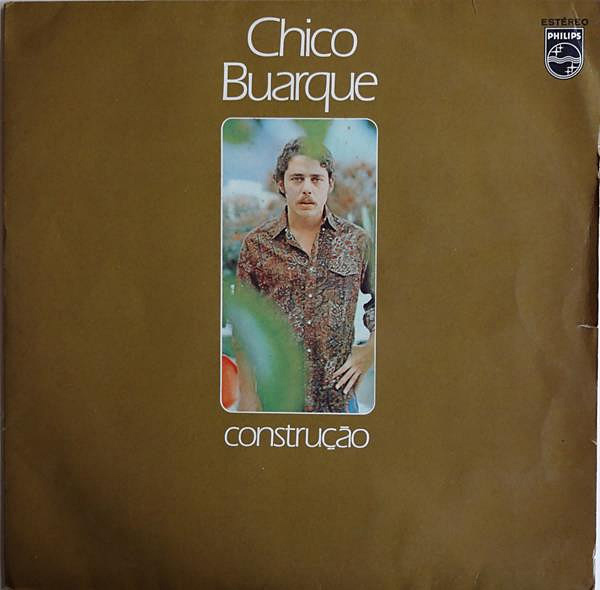
A track that helps me to figure out how a component handles rhythm is "Samba de Orly" from Chico Buarque's Construção (Philips 6349017), a landmark Brazilian pop record composed in 1971, while Buarque was in exile from Brazil, which was in the throes of a right-wing military dictatorship. The tension between the brightness of samba and the melancholy yearning of the lyric—Orly is the Paris airport where planes from Rio touched down, loaded in those days with Brazilians fleeing the regime—gives the song its emotional charge. The interplay of the rhythm guitar, bass, cuica, and percussion at the track's beginning can sound chaotic and disjointed on some systems. The Technics sorted the passage better than just about any source I've heard, playing it with uncommon coherence, order, and drive. My idler-drive Garrard excels at drive, but the SL-1200G was better yet, (re)creating the unflappable, locked-in grooves of its famous predecessor.
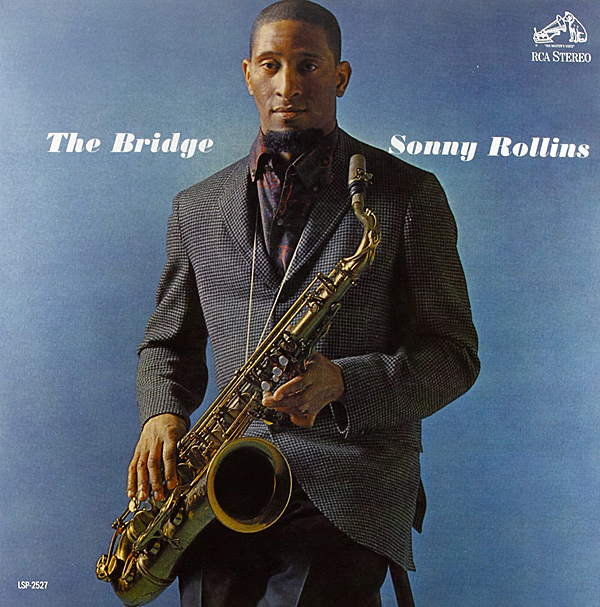
That's where the family resemblance ends. The SL-1200G threw an enveloping soundstage and populated it with images that were more palpable, stable, and better-defined than the venerable DJ 'table was ever capable of. On "God Bless the Child," from the first stereo pressing of Sonny Rollins's The Bridge (RCA LSP-2527), both Rollins's tenor saxophone in the right channel and Jim Hall's guitar in the left exhibited outstanding weight, texture, and presence, sounding reach-out realistic. Hall's Gibson ES-175 archtop hollow-body electric came across with all of its woodiness and dense harmonic overtones intact, while the satisfying wallop and tunefulness of Bob Cranshaw's acoustic bass showed off the Technics's impressive way with dynamics.
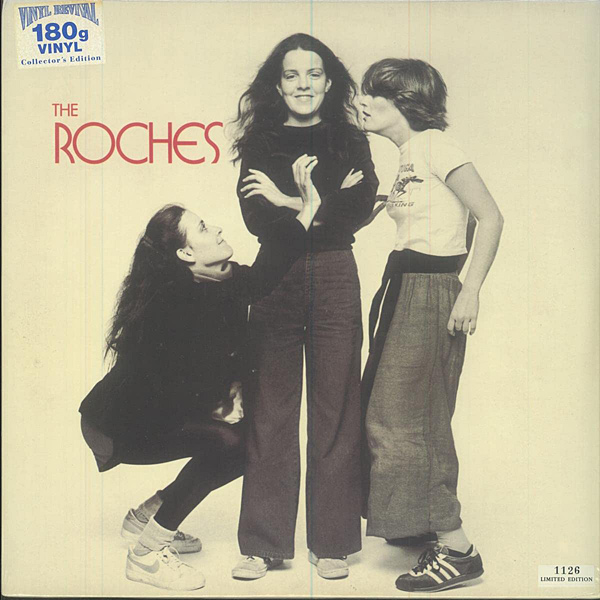
Best of all, in contrast to that old SL-1200, nothing about the SL-1200G's sound can be described as wooly. Its detail retrieval leaves little to the imagination: On "Hammond Song" from the Roches' self-titled 1979 debut (Warner Bros. BSK 3298), the Technics rendered Maggie, Terre, and Suzzy Roche's voices thrillingly distinct from each other and from producer Robert Fripp's otherworldly electric guitar. It did this by presenting the unusual timbres of the singers' voices, their positions in the soundstage, and their close harmonies with exemplary transparency and fidelity.
My vintage Garrard 301 turntable (footnote 2) with the Thomas Schick tonearm (footnote 3) sounded slightly more refined and colorful, revealing a bit of thickness in the midrange of the SL-1200G, whereas the Japanese 'table slightly bettered the Garrard in rhythmic authority, coherence, and drive. In other words, I found little to criticize about the Technics's sound.
Musically, however, the differences between the two record players proved more distinct. Listening to the Technics, I remained aware of a mechanical quality that I could never entirely ameliorate. Music wasn't quite as sultry or free flowing as it is when it's reproduced with the Garrard, and I wasn't able to forget myself and become emotionally engrossed in my records as reliably.
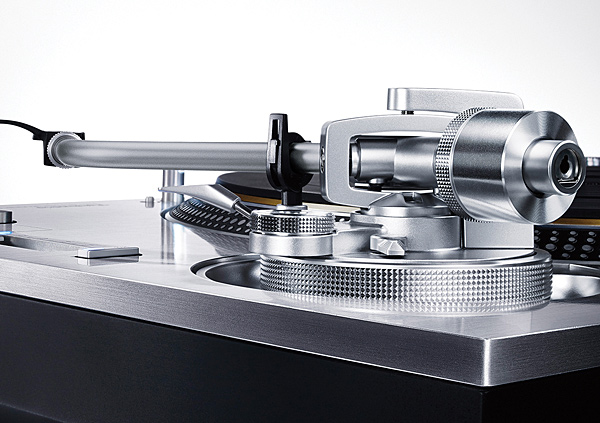
Conclusion Then again, I can think of few turntables that offer as much value as the SL-1200G. The quality of its engineering and execution makes typical audiophile products look slightly homemade, and I'm willing to bet that it will remain as bulletproof as the legendary DJ deck on which it's based. Speaking of which, the similarity between the two is largely cosmetic: The SL-1200G offers performance that the SL-1200 could only dream of. Whether it's the turntable for you depends on your sonic and musical priorities. The Technics isn't for romantics: It will not make you smell the cigarette smoke at the Baobab Club in Dakar or feel the worn wood of the pews in Nashville's Ryman Auditorium. What it will do is reproduce the music on your records with faultless sonics and probably last into the next century. If this sounds appealing, try to audition one.
Footnote 2: The original Garrard, of course, is long out of production. SME sells a very authentic "reproduction" that uses some original Garrard parts and makes the rest to original specifications; see the late Art Dudley's review. Just under $20,000 when reviewed, one dealer website currently has it listed at $25,662. Vintage models in good shape are rare, available, and expensive—though not that expensive.
Footnote 3: The design of the original Schick tonearm has undergone some minor revisions, but it's functionally pretty much the same as the version Art Dudley reviewed way back in 2010.

...of few lines of audio reviewing more apt than the first line of this one. It's right up there with the first few from "Flesh And Blood: The Reichert 300B".

Visually they look very similar. Have anyone compared using the same cartridge? I'm sure SL-1200G is better, but I wonder by how much when using the same cartridge.

other than DJs, who uses the pitch fader?

is essential for getting the most out of 78rpm records; which were recorded at speeds generally between 74 and 81rpm.
78s rule!
hr

So if Panasonic can do this, they can bring back the Isoloop series open reel machines.

I have heard it many times and always wanted one. However, there appear to be some teething quality control issues, particularly the G. A member of my Facebook group had to return his four times because of wobbly platters and led lights burning out. He finally downgraded to the GR. Not sure if moving production to Malaysia has anything to do with it, as the wobbly platter issue also used to afflict the Japanese-made ones. Still, I want one.

1200G is made in Japan. Less expensive 1200GR is made in Maleysia.

I purchased the black one (SL-1210G) few moths ago based on good reviews and I’m very happy with it.
I see several record labels use it as reference for test pressings and quality control.

Panasonic switched all production including if I am not mistaken, the top of the line SL-1000R. But I know for a fact that the 1200G is made in Malaysia.

I wish I could post photos. It’s says made in Japan on my 1210G and on the box it came in.

Both the 1200G and the 1200GR were made in Japan until the spring/summer of 2021 when Panasonic moved all of it's turntable production to Malaysia. So G's and GR's before that are made in Japan, and all after that are made in Malaysia.

Enjoy!! I want the G but already have too many tables and no space. You are right, Abbey Road engineers play their records on 1200G’s, and they know a thing or two about quality.

I’ve checked it and it says made in Malaysia on mine and on the photos at Technics website. Thanks for pointing that out.
Nevertheless, I have zero issues with its quality. Looks and performs like a high quality instrument.

I don’t think the issues are common, nonetheless, some issues have been reported by a few. Still, for $4000 it is all the turntable anyone will ever need. Enjoy!

to test for the effective mass of the tonearm, something Technics does not publish for some reason.
While the accessory headshells work well with taller low compliance cartridges, shorter high compliance carts need the lighter stock headshell for more ideal system resonance and to let the cartridge level out. The stock headshell has a specific distance from tonearm center axis to headshell mounting surface. With most accessory headshells that distance is greater which makes the cartridge sit higher. The VTA dial can run out of travel and the arm will not be low enough when shorter cartridges sit higher with accessory headshells.
Also knowing the effective mass would be helpful when calculating system resonance and some fear that the actual value is not low enough to allow certain desirable high compliance cartridges.

leaves the underside of the LP unsupported. I assume the resonance is supposed to drain through the (8) mini cones to the platter and chassis.
I hope the cones do not make contact with the LP grooves- no way I would let my LPs make contact with a few pointed cones no matter how blunt they may be.

Review of platter mats and comments about the effects of platter mats tell us more about the sins of the turntable used than it does about the mat itself.
Mats can be highly-coupling (e.g. no mat, very thin mats) or highly damping (e.g. Sorbothane, soft flat rubber mats, foam mats) or highly de-coupling (e.g. the standard Technics ribbed rubber mat, the Trans-Fi Reso Mat mentioned, both of which which make minimal contact with the record under-surface). There are also middle-ground mat types which try to find a place in between (felt mats, cork mats).
The effect each type of mat has on the sound depends on what the predominant turntable noise issues are for that particular test. I think it's fairly easy to understand that if a turntable bearing, platter or drive is generating noise, then an isolating platter mat will deliver an improvement. On the contrary, if a turntable bearing, platter and drive unit is deadly silent, then a highly-coupled mat will deliver improvements by allowing self-vibration within the record (generated by the stylus tracking) to evacuate quickly into a mass sink. In the middle-ground are various types of mat and turntable combinations which may be some of one and some of the other, hence may sound better with a middle-ground damping type mat.
The fact that the Technics under test sounded better with a highly-isolating mat tells us that Techics has not delivered a really audiophile silent platter/drive/plinth combitation in this deck.

Or it is just one person's subjective opinion, and does not really say anything about the turntable. Fremer's preferred mat in his 1200G review was Stein's “The Perfect Interface”, and that is something like 1 mm of paper.

Totally agree.
I use Resomat myself.
I have owned many turntables in my hifi life. Issue I had with the Direct Drive decks is the motor spins so slow, and in order to achieve speed stability they require a lot of electronics. The means the motor is constantly being corrected every microsecond, which leads to platter 'jitter'. This translates to a 'hardening' of the sound.
I found the Reso-mat reduced this hardening rendering the performance more musical.
Heavy belt drive decks don't suffer from this, but I find them in general undynamic.
The Idler drives sounded most dynamic, but also rumbled. Here again, the Reso-mat isolated and reduced this effect.
Please be aware these are my personal general findings. There may be exceptions and your mileage may vary....

And your hypothesis sounds logical Artie, but I currently have a Oracle Delphi TT paired with a SME Series IV tonearm. Table came with a felt mat. I then switched to a thicker “damping” mat that Mikey recommended half a dozen years ago. Now, I am using the Stein Perfect Interface, and it is light years ahead of the other mats but my thicker “damping” mat sounded better than the original thin felt mat.

I’ve been drooling over both the Technics 1200G and a vintage Gerarrd 301 for a couple years as replacements or maybe co-equals in my system with the Oracle. This review made me want the 301.

I scored “ 712” a while ago as cancelled order, brilliant turntable , no fuss, don’t have spend a grand a year keeping it updated. All adjustments are easy to do. Has worked effortlessly with my Lyra Argo and Charisma MC2 carts. Haven’t felt ( no pun intended ) the need for fancy mats or power cables. Did fit better interconnects